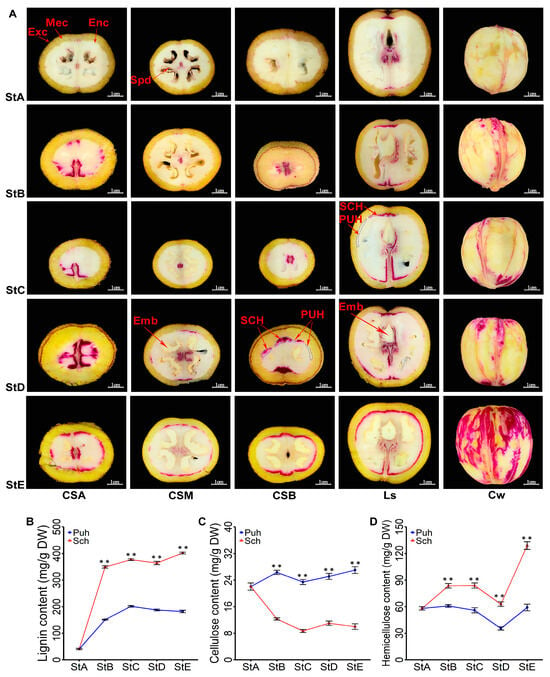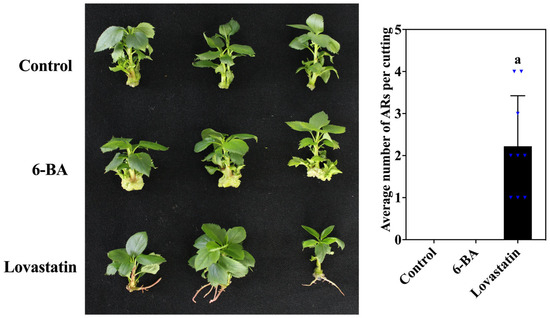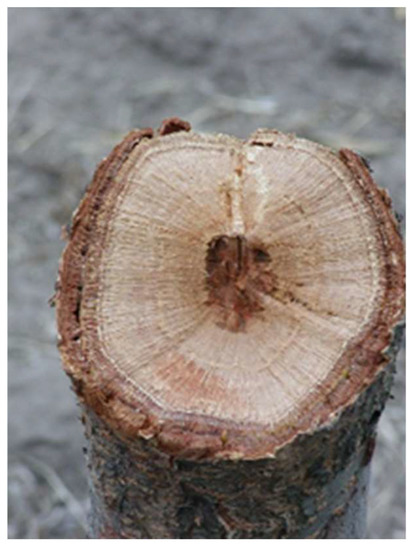New Insights into Developmental Biology of Fruit Trees
A project collection of Horticulturae (ISSN 2311-7524). This project collection belongs to the section "Fruit Production Systems".
Papers displayed on this page all arise from the same project. Editorial decisions were made independently of project staff and handled by the Editor-in-Chief or qualified Editorial Board members.
Viewed by 5704Editors
Interests: developmental biology of apples and high density cultivation technology of apple, including: 1) molecular mechanism of rootstock and scion interaction of apple; 2) evaluation, screening and application of rootstock and scion combination of apple; 3) apple rootstock breeding
Interests: apple developmental biology; apple’s asexual variation and reproduction; apple rootstocks breeding; adventitious root development
Interests: apple developmental molecular biology and dwarf anvil intensive and efficient cultivation techniques; the basis and application of apple asexual variation and propagation; evaluation and regionalization of rootstock and spike combination; seedling breeding and dwarf cultivation technology; apple rootstock breeding
Special Issues, Collections and Topics in MDPI journals
Project Overview
Dear Colleagues,
With the rapid development of science and technology and the rapid changes in biological disciplines such as molecular biology, biochemistry, cell biology, and plant physiology, the era of scientific research on fruit tree life phenomena through interdisciplinary and multi-methods has arrived. Especially in recent years, researchers from different levels of molecular biology, biochemistry, cell biology, anatomy and morphology have used a variety of experimental methods to study the cytology of the external development and internal structure of fruit trees, as well as morphological processes and their cellular and molecular biological mechanisms, achieving very impressive research results. Therefore, we plan to publish a Special Issue focusing on fruit tree developmental biology, and introducing the latest research results of model plants and bioinformatics technology in this field. Through this Special Issue, researchers can keep track of the latest research results and developments.
Dr. Na An
Dr. Jiangping Mao
Prof. Dr. Dong Zhang
Guest Editors
Manuscript Submission Information
Manuscripts should be submitted online at www.mdpi.com by registering and logging in to this website. Once you are registered, click here to go to the submission form. Manuscripts can be submitted until the deadline. All submissions that pass pre-check are peer-reviewed. Accepted papers will be published continuously in the journal (as soon as accepted) and will be listed together on the collection website. Research articles, review articles as well as short communications are invited. For planned papers, a title and short abstract (about 100 words) can be sent to the Editorial Office for announcement on this website.
Submitted manuscripts should not have been published previously, nor be under consideration for publication elsewhere (except conference proceedings papers). All manuscripts are thoroughly refereed through a single-blind peer-review process. A guide for authors and other relevant information for submission of manuscripts is available on the Instructions for Authors page. Horticulturae is an international peer-reviewed open access monthly journal published by MDPI.
Please visit the Instructions for Authors page before submitting a manuscript. The Article Processing Charge (APC) for publication in this open access journal is 2200 CHF (Swiss Francs). Submitted papers should be well formatted and use good English. Authors may use MDPI's English editing service prior to publication or during author revisions.
Keywords
- fruit tree
- growth
- developmental
- differentiation
- morphogenesis
- physiological characteristics
- molecular mechanism
- bioinformatics










